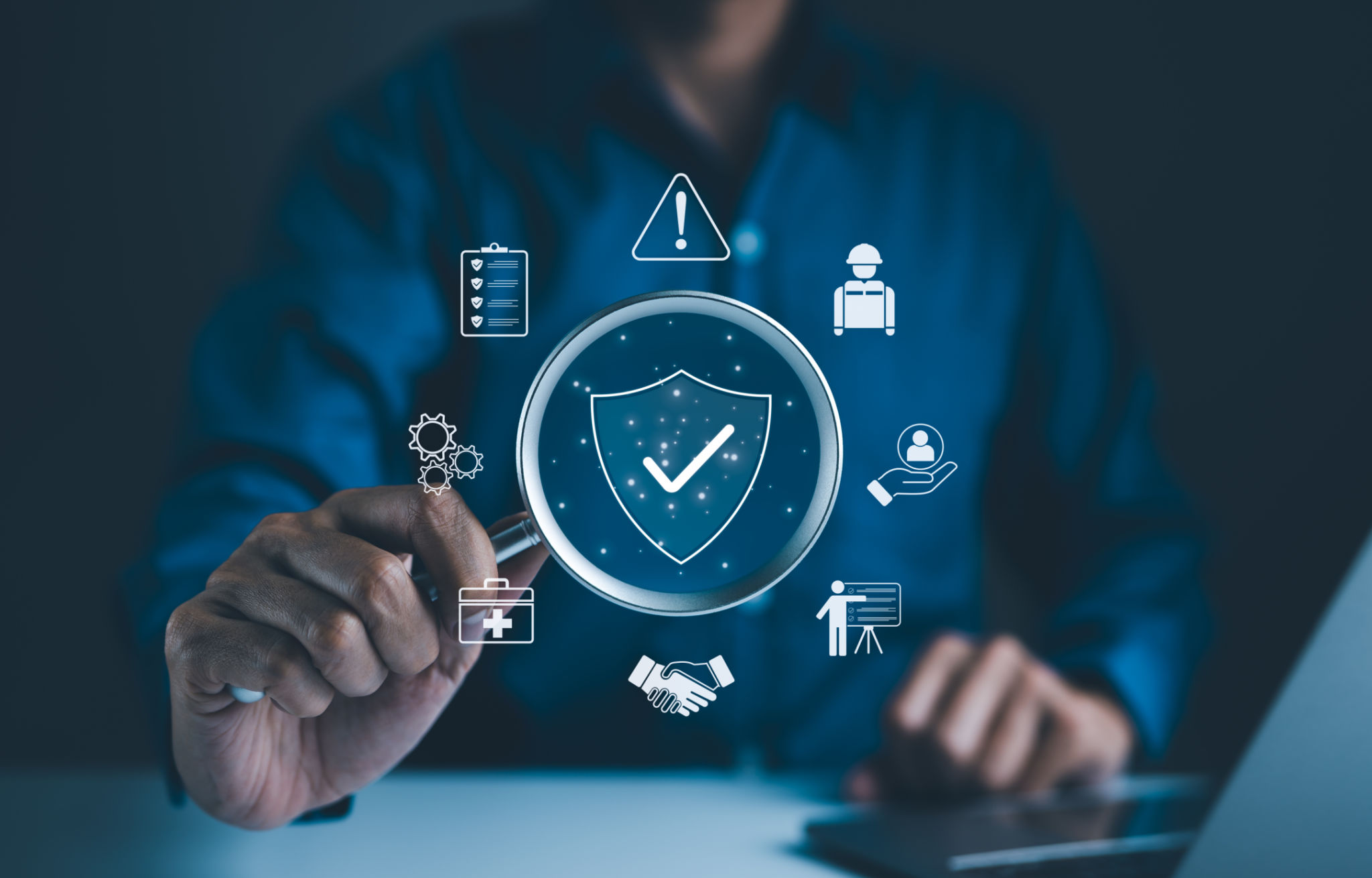A Beginner's Guide to Understanding Security Risk Assessments
Introduction to Security Risk Assessments
In today's digital age, understanding and managing security risks is crucial for any organization. A security risk assessment helps identify potential threats and vulnerabilities, allowing businesses to protect their assets effectively. Whether you're a small business owner or a part of a large corporation, grasping the basics of security risk assessments can safeguard your operations from unforeseen challenges.
Conducting a thorough security risk assessment involves evaluating both digital and physical assets, understanding potential threats, and determining the impact of those threats. This proactive approach not only mitigates risks but also prepares businesses for any eventuality.

Why Are Security Risk Assessments Important?
Security risk assessments are vital because they provide a structured approach to identifying and managing potential threats. By recognizing vulnerabilities early, businesses can prevent data breaches, financial losses, and damage to their reputation. This process also ensures compliance with industry regulations and standards, fostering trust among clients and stakeholders.
Moreover, regular assessments help organizations adapt to the ever-evolving threat landscape. As technology advances, new risks emerge, making it essential for businesses to stay updated with their security measures.
The Process of Conducting a Security Risk Assessment
A comprehensive security risk assessment typically involves several key steps:
- Identify Assets: Determine what needs protection, including physical assets, data, and intellectual property.
- Analyze Threats: Identify potential threats that could harm your assets, such as cyberattacks, natural disasters, or unauthorized access.
- Evaluate Vulnerabilities: Assess weaknesses in your current security measures that could be exploited by threats.
- Determine Impact: Analyze the potential consequences of each identified threat materializing.
- Implement Mitigation Strategies: Develop and implement strategies to reduce the identified risks.

Tools and Techniques for Effective Assessments
Several tools and techniques can aid in conducting effective security risk assessments. These include:
- Risk Assessment Software: Automated tools that help streamline the assessment process by identifying vulnerabilities and providing actionable insights.
- Penetration Testing: Simulating attacks on your systems to discover weaknesses before actual threats exploit them.
- Vulnerability Scanning: Regular scans of systems and networks to detect security weaknesses.
Utilizing these tools ensures a comprehensive view of your organization's security posture and aids in developing robust defense strategies.
Maintaining an Ongoing Security Strategy
Security risk assessments should not be a one-time activity; instead, they should be part of a continuous security strategy. Regular reviews and updates are crucial as new technologies emerge and business operations evolve. By fostering a culture of security awareness, organizations can stay ahead of potential risks and maintain resilience against threats.

Conclusion
Understanding security risk assessments is essential for protecting your organization against various threats. By systematically identifying risks, evaluating vulnerabilities, and implementing strategic measures, businesses can ensure the safety of their assets and maintain operational integrity. As the digital landscape continues to evolve, staying informed and proactive in your security efforts is more important than ever.
Embrace the practice of regular security risk assessments as part of your business routine, and you'll be well-equipped to handle any challenges that come your way.
